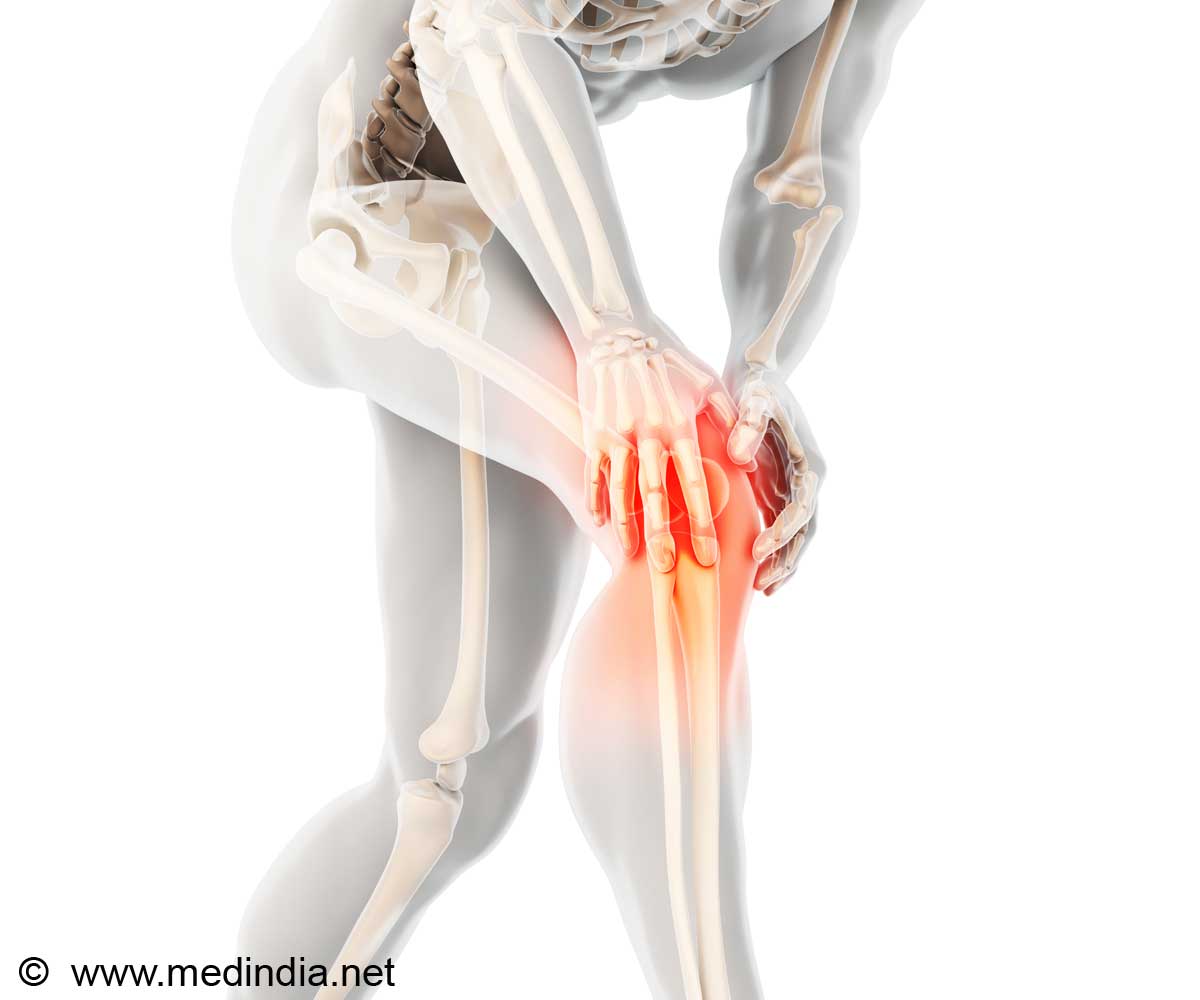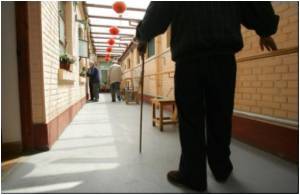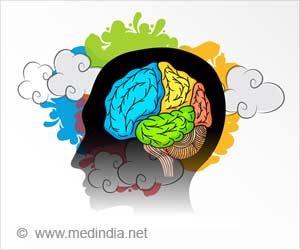Stem cell therapy is a technique that relies on the concept that stem cells can be grown into cartilage cells and tissues that are capable of repairing the damage caused to various parts of the body.

Similarly, according to scientists at the Cardiff University, stem cells can be turned into cartilage cells and this cartilage can be transplanted in an affected joint.
Stem cells can be obtained from:
• Embryonic stem cells
• Normal healthy volunteers
• Autologous stem cells are obtained from bone marrow in the iliac crest of the same individual.
The study has proved that engineered cartilage tissue formed from the stem cells can grow and mature when implanted into patients with a knee injury. Therefore the scientists believe that the tissue engineering approach can be beneficial for cartilage regeneration even in knees affected by osteoarthritis.
Professor Anthony Hollander and his team have been successful in autologous stem cell transplant i.e. growing human cartilage from a patient's own stem cells. Implanting such cartilages grown from the stem cells of the same person avoids immune rejection problems.
Successful repair of osteoarthritis cartilage damage depends on its ability to form a matrix within the joint.
During the study some patients did not benefit from this treatment. According to Professor Hollander the reason why not all patients benefited from the engineered cartilage is not yet totally clear. But he believes that giving the engineered tissue a longer time to settle in may be helpful.
Older patients with osteoarthritis have cartilage that is less responsive to stem cell stimulation. Their stem cells respond less to usual growth factors.
Scientists used stem cells obtained from the bone marrow. It took about a month to grow these stem cells into a cartilage of half-inch length.
An American team of scientists is also studying a stem cell approach using a single donor for multiple patients.
With multiple teams doing human clinical trials in this area the development of successful joint repair using stem cell therapies is not a distant prospect.
Source-Medindia















